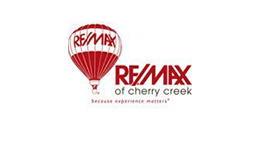Bonnie Brae
If you haven’t been to the curvy streets of Bonnie Brae, you are missing out on one of the most charming neighborhoods in the city! While the land that encompasses Bonnie Brae today was from a grant to the Kansas Pacific Railroad in 1870, the actual development did not begin until the 1920’s when George Olinger purchased the property with his land development company, Associated Industries.
Platted in 1923 by S.R. DeBoer to emphasize the natural topography, Bonnie Brae is largely composed of curvy streets. The goal in mind was to create a Scottish village within the city, and the name reflects this idea: Bonnie Brae is “Pleasant Hill” in Gaelic.
The first houses in the neighborhood were built in 1923 and the first businesses were located on the 700 block of South University, which continues to be the thriving heart of Bonnie Brae business today.
Olinger sold out of Associated Industries in 1925 and the company filed for bankruptcy in the late 1920’s. This demise was negative for the development of Bonnie Brae. The west part of the neighborhood had streets and sidewalks but few houses. Development continued to be stalled throughout the mid 1930’s.
Ellipse Park (created in 1936) was a turning point for the neighborhood. Homes were built along the park and development continued to increase as WWII approached. To the east of the park, the majority of the construction is circa 1940’s and 1950’s. Bonnie Brae Boulevard showcases some of the more interesting architecture in the city, with several examples of International Style as well as Art Moderne building.
Today Bonnie Brae combines the best of the old and of the new-the Bonnie Brae Tavern on South University continues its longstanding operation (since 1934) and new construction continues to spring up throughout the neighborhood.
The Information shown above is provided by permission from Sonja Leonard Leonard.
Sorry we are experiencing system issues. Please try again.










